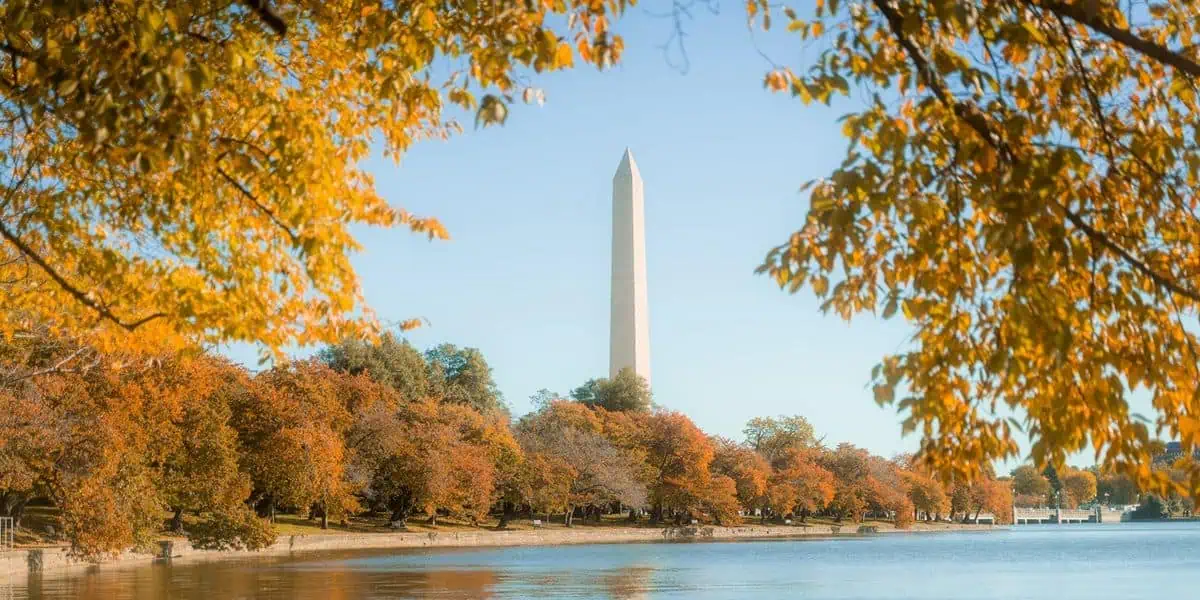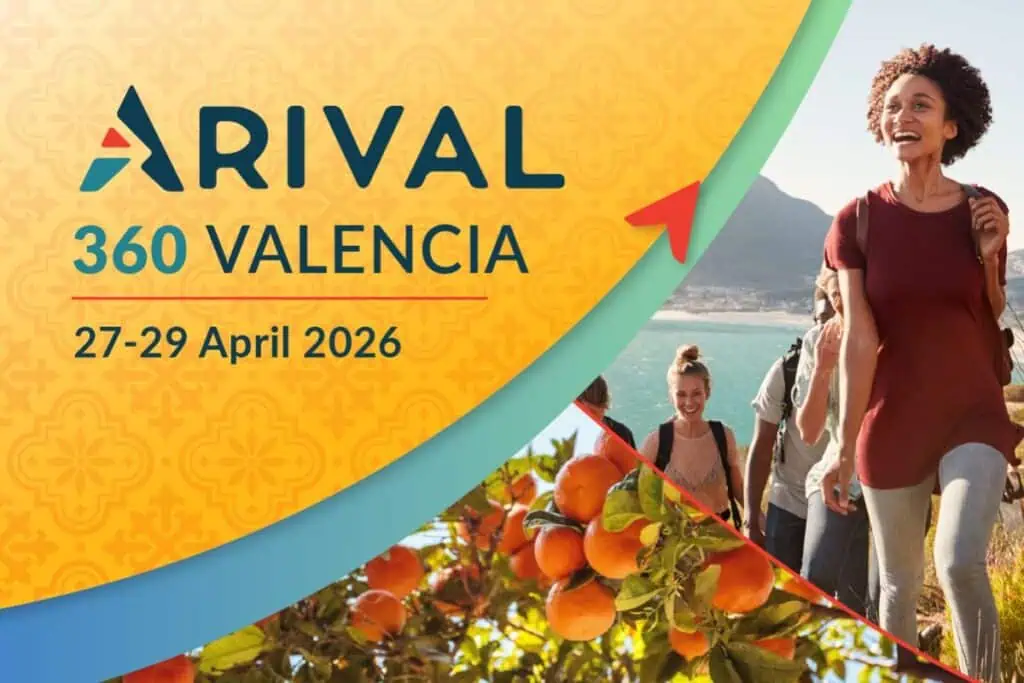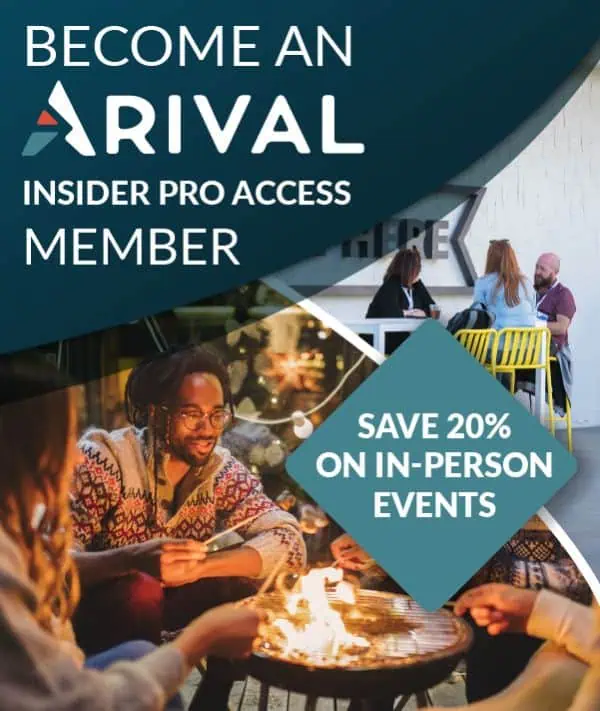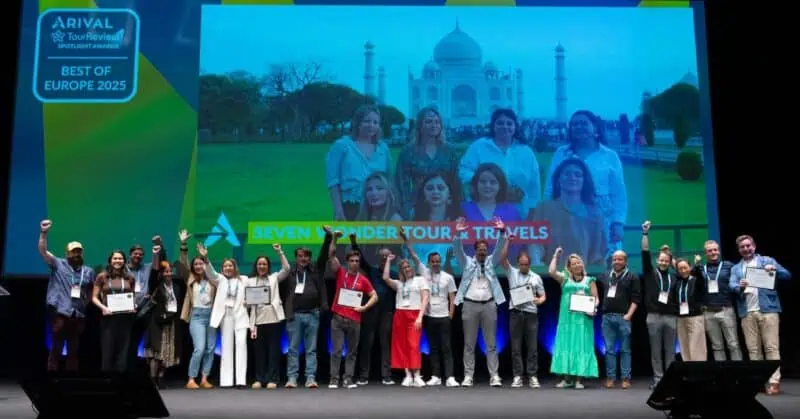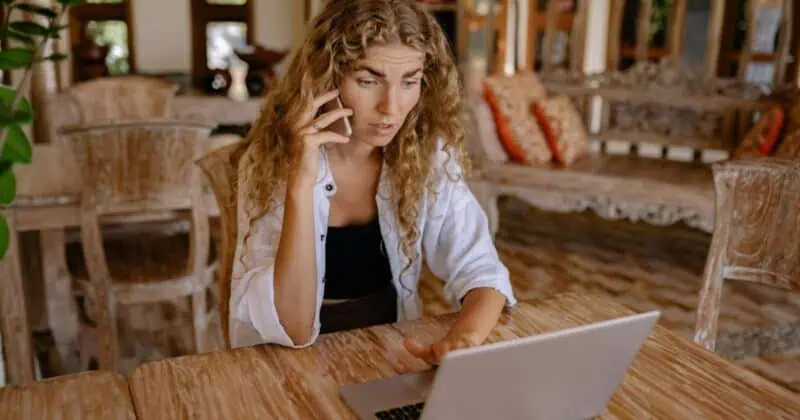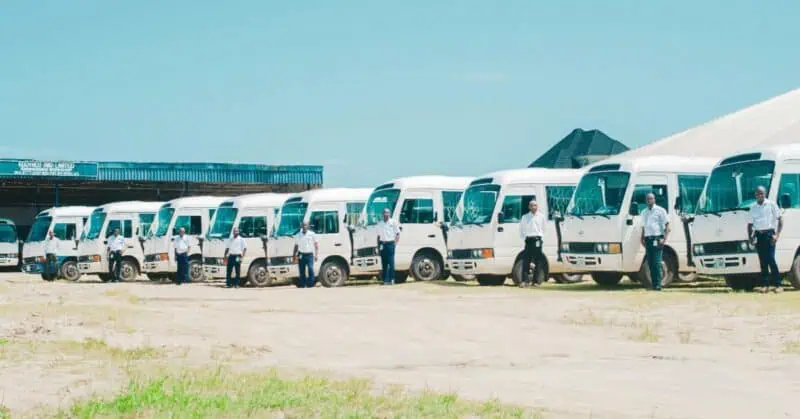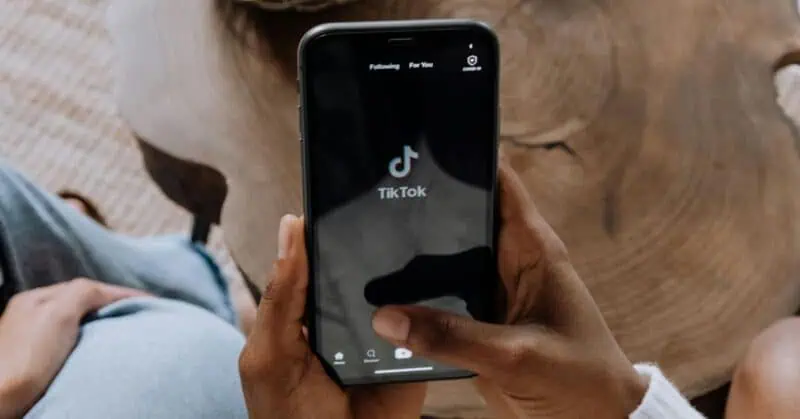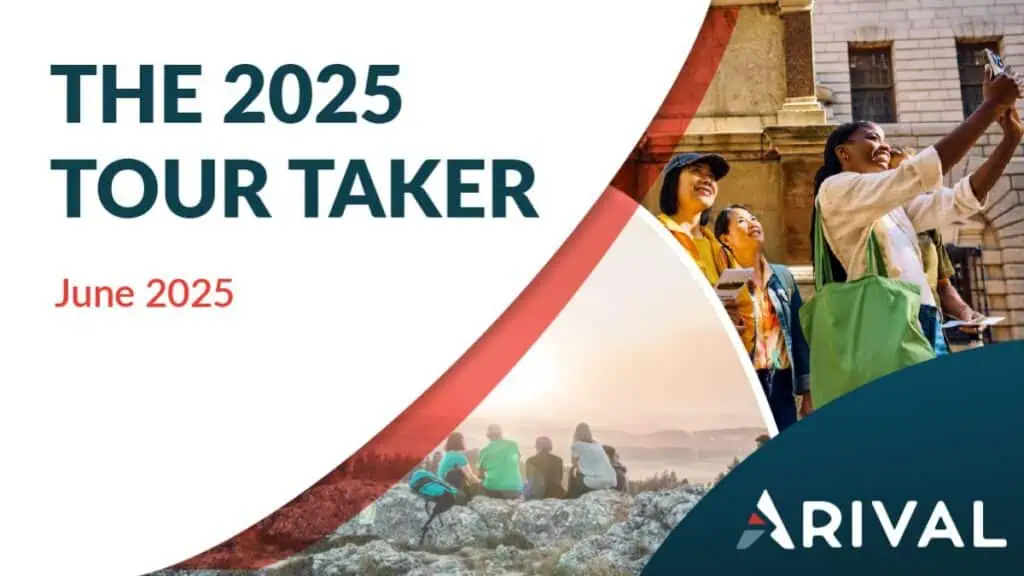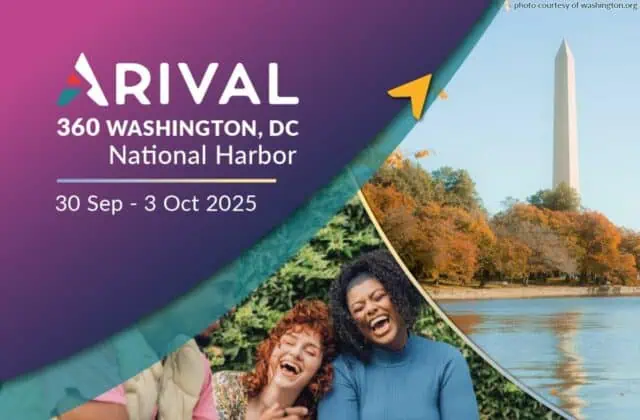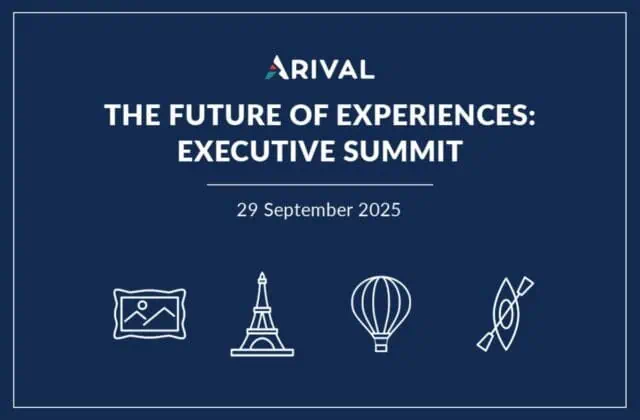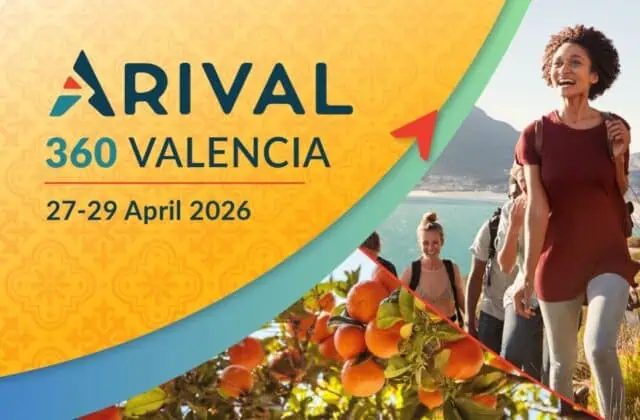Jim Reich, founder of Wine Tours of Sedona, had heard a lot about influencer marketing for popular travel destinations, and he thought he should give it a try. He messaged an Instagrammer based in nearby Scottsdale, Arizona who seemed like she fit within the demographic of his wine tour clients (which lean toward younger women), and invited her on a tour in exchange for posts about his company.
At first, he didn’t hear back. But a month later, the Instagram influencer replied accepting Reich’s invite for an exclusive Sedona & Wine Bachelorette Special Tour for her and her seven friends. With a value of $1,300, the tour was pricey to give away. But based on the phone call Reich had with the influencer, it seemed small compared to the potential reach her Instagram posts about the tour would have. They made a verbal contract, and the trip was scheduled.
But following the 10-hour tour, there was radio silence. The Instagram influencer didn’t post anything on her feed regarding Wine Tours of Sedona. Reich didn’t receive an uptick in followers, nor any increase in paying clients. There weren’t even any photos to share from the event. It was, to say the least, frustrating—especially since he had no recourse. No agreement in writing.
Whether it’s street food or scuba diving, young travelers today are posting their experiences on social media sites more than ever. And with one billion users per day, many operators are managing their Instagram presence by engaging influencers—defined as “an individual who has the power to affect purchase decisions of others because of his/her authority, knowledge, position or relationship with his/her audience,” according to Influencer Marketing Hub.
Influencers are nothing new. But only within the past several years have they had the tools to reach thousands, hundreds of thousands, and millions of people with one fell swoop (or more accurately, one fell post). This makes influencers an important potential partner for your business—especially considering 22% of travelers ages 18-24 reported using Instagram to research tours for their trip, according to Arival research.
However, working with influencers is more complicated than simply giving away experiences to any Instagrammer, blogger or YouTuber who shows up for a freebie in exchange for coverage—as Sedona’s Reich can attest. Running a successful influencer campaign goes back to basic public relations and marketing principles, says Kristin Yantis, founder of Malen Yantis Public Relations based in Vail, Colorado who frequently works with influencers to promote travel destinations, hotels and experiences. “You want the right story in the right outlet at the right time to the right audience,” she says.
Here are the important considerations to keep in mind when working with influencers to get the most exposure—and the best story—to your key demographic.
Get Specific: Have A Contract
Jim Reich later realized the Instagram influencer invited on his tour had posted one or two videos in the “Stories” section of her account—a section that disappears after 24 hours, and has minimal lasting marketing effect … not what Reich was hoping for.
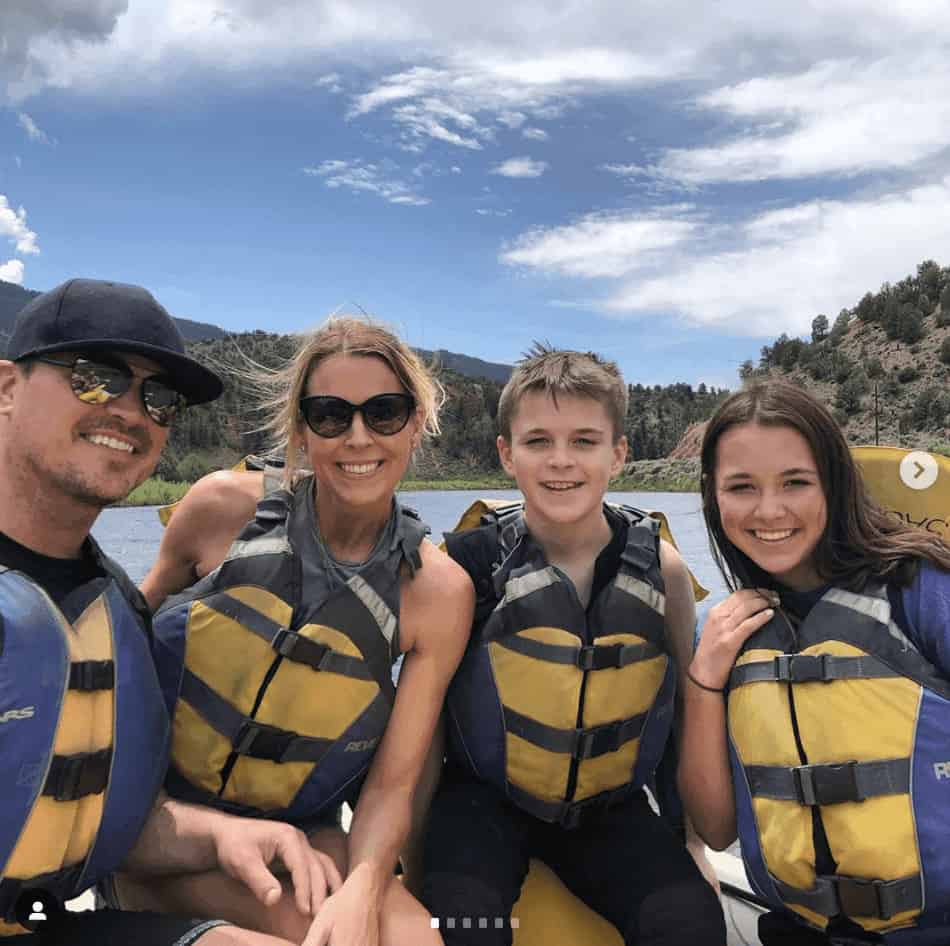
“We get a lot of influencer requests so it’s important that we set the expectations up front of what we’re looking for,” says Carrie Burns, “Chief Movie Buff” at Atlanta Movie Tours, an operation that highlights filming locations of T.V. shows and movies in Atlanta, such as Stranger Things, The Walking Dead, Hunger Games and more. “If it’s an Instagram influencer, it may be a combination of a post and a story before, during and after the tour. If it’s a blogger will dictate the time frame content must be published by, and where and how it’s circulated.” Establishing clear expectations will protect both you and the influencer from disappointment. Make sure the contract is in writing—and signed—before the partnership begins.
Be Suspicious
“If someone just shows up at your desk and says ‘I’m an influencer and I want a free trip,’ that’s a red flag,” says Yantis. “Most professional influencers contact you in advance to talk through their campaign.” Yantis adds influencers who can send along a media kit outlining their specific audience demographic, number of followers, types of images, follower growth, content they produce and engagement numbers are often more serious about their work—and will be a better partner for you. If influencers reach out to you, ask them for these specific attributes of their brand.
Keep in mind many professional influencers expect compensation for posts—an amount that can rise significantly with their number of followers.
Know Your Audience, and Theirs
Identify your core customer demographic and align these attributes with your influencer partners. For example, if your tours are most attractive to Baby Boomers, perhaps Instagram influencers aren’t your best bet. A travel writer producing for a traditional print magazine or newspaper may be a better option (bonus: professional travel writers won’t accept money for coverage, either). Conversely, if your tour caters to millennial travelers, partnering with an Instagram influencer may be a good option: 70% of Instagram users are under the age of 35.
Don’t Forget Micro-Influencers
Micro-influencers, defined as niche bloggers, Instagrammers or vloggers with a following ranging from around 3,000 to 50,000 people, can be more effective than influencers with far more followers—especially if their community engages on their platform via commenting, liking and retweeting and reposting their content.
“The number of followers does have a lot to do with the influencers we partner with, but an influencer with a smaller, but more engaged fanbase can be just as attractive,” says Burns. “Our influencers tend to be in the travel and tour categories, as well as movie and T.V. show fans, fans of Georgia film and locations and have a general love of seeking out filming locations.”
Influencers with a very specific niche category—such as ones who explore film sets in Georgia—are good partner candidates because their core followers are more likely to book your product.
Do Get Creative About ROI
It can be tricky to track the ROI of working with influencers, as not everyone who views or likes influencer content will be converted into a customer. For instance, Kristin Yantis cites the viral case of an Instagrammer with 2.6 million followers who couldn’t sell 36 t-shirts for her clothing line. The lesson: Number of followers doesn’t necessarily mean more bookings for you.
However, says Jason Castellucci, director of consumer marketing for Go Lake Havasu, the destination marketing organization (DMO) for Lake Havasu City, Arizona, influencer activations can be more cost-effective than traditional advertisements. “I think influencers are a good investment. It’s a lot cheaper to host an influencer with 140K followers than to pay thousands for an advertisement,” he says.
Both Castellucci and Yantis suggest tour operators should consider creating a deal with influencers to use any photos or videos they create on your tour, activity or attraction for future use in your marketing materials—many Instagrammers produce excellent visual media assets. Be sure to place a permissions rider in the contract regarding photos and videos. “Oftentimes when we do an Instagram campaign, it’s because we want content created with us. Gather this content for your additional marketing purposes,” says Yantis. “It’s not just about one story or one post. Look for bigger marketing opportunities,” too.
Do Be Aware: Influencers Can Be High Maintenance
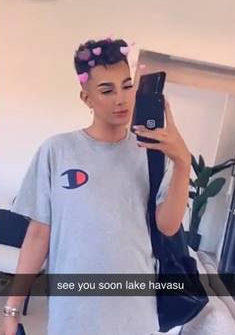
While the blogger ended up producing excellent content for the destination, he says professional travel writers, documentary filmmakers and micro-influencers who exchange a post for say, one meal or small experience, might be easier to work with. However, it’s important to note that every influencer is different. Some Instagram influencers may even post about your company spontaneously, leaving it up to you to repost on your Instagram account, or create a public relations campaign. (Castellucci excitedly mentions an influencer with 15.7 million followers, @JamesCharles, recently posted about Lake Havasu, which garnered 1.7 million likes.)
Ultimately, creating positive working relationships with the influencers who deliver will lead to more exposure for your tour, activity or attraction.
Oct. 27-30, 2019
Orlando, FL
